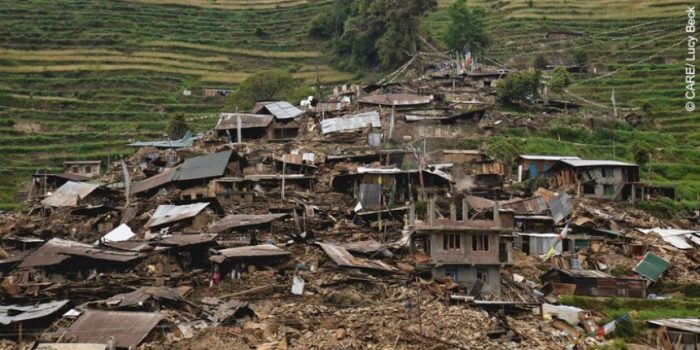Situation in CAR Increasingly Dire
Eight months ago on May 6, 2013, I received an email that described the UN Emergency Relief Coordinator’s Key Messages on the Central African Republic (CAR).the key takeaways were this – the political crisis in CAR has resulted in a deterioration in the humanitarian situation, affecting all of the country’s 4.6 million people. The email […]
Eight months ago on May 6, 2013, I received an email that described the UN Emergency Relief Coordinator’s Key Messages on the Central African Republic (CAR).the key takeaways were this – the political crisis in CAR has resulted in a deterioration in the humanitarian situation, affecting all of the country’s 4.6 million people. The email went further to say that the breakdown of law and order has led to widespread violations of human rights including targeted killings, rape, torture, arbitrary arrest and the recruitment of child soldiers. And lastly, country-wide insecurity was making it difficult to supply humanitarian assistance.
Fast forward to January 10, 2014…
The situation in the CAR has deteriorated dramatically, and conditions are dire. Reports indicate that one quarter of the country’s residents are displaced owing to the violence and conflict (that’s ~1 million of ~4.5 million). Two point six million require humanitarian assistance; 1.3 million people are food insecure; and the number of refugees is increasing daily.
Private philanthropy responds to rapid-onset natural disasters (hurricanes, earthquakes, tsunamis) in unprecedented ways, but often goes quiet in complex humanitarian emergency situations like the CAR. The country, long on the low end of the Human Development Index, is no stranger to hunger, conflict, and displacement. But recent upsurges in conflict between Muslim ex-Séléka rebels and Christian anti-Balaka armed fighters has sent a new wave of fear across the population and resulted in significant population movement (either within CAR or to neighboring countries).
I often ask myself and my colleagues in philanthropy and disaster response the following: What will motivate private philanthropy to bring its resources (human, financial, and technical) to end the human suffering brought about by complex humanitarian emergencies?
I may have finally gotten an answer, or at least a partial answer. In a Jan. 8, 2014 blog, The Foundation Center tackled the question, this time as it relates to CAR and how we can engage donors to help minimize the suffering of people in CAR… even in the midst of a massive, ongoing conflict.
This paragraph grabbed my attention:
Experiments in the fields of social psychology and behavioral economics suggest we are less likely to feel compassion or donate money when we are distracted by thinking about the size or scope of a problem. Simply put, big numbers or a big problem can cause us to become paralyzed by analysis — or what scientists call psychophysical numbing. One study even found that potential donors who are shown a photo of a single person in need of assistance are more likely to give than those who are shown a photo of two people in need. The trick in social marketing (i.e., applying marketing principles in service to the greater good) is to tap into this feeling of being connected with a “one” while challenging your potential supporters to think more broadly about social change. How do we motivate people to pursue big goals and meaningful change when the research makes it clear that “big” can be a disincentive?”
I was thrilled to read Mr. Rosenberg’s blog further,because he details ideas and solutions! While I’ll encourage you all to read his blog in full, Mr. Rosenberg offers these directives:
- Tell powerful personal stories : speak/write about individuals to “add up to an overarching story about the bigger goal.”
- Give people doable actions that support big, transformative impact: give “people something they can do that is both manageable and effective in advancing progress toward achieving the larger goal.”
- Tap impactful and relevant motivators: “learn what motivates your target audiences.”
- Promote meaningful consumer engagement : “building relationships is what creates longtime supporters and donors.”
My question to you is this: If we utilize Mr. Rosenberg’s four directives, would the result be an uptick in philanthropic resources (again: human, financial, technical) for the betterment of conflict-affected populations in the CAR? Email meyour ideas – I’d love us to see what we can do together to support the massive needs in the Central African Republic.
More like this

What We Can Learn from Five Years of Mapping Disaster-Related Giving

